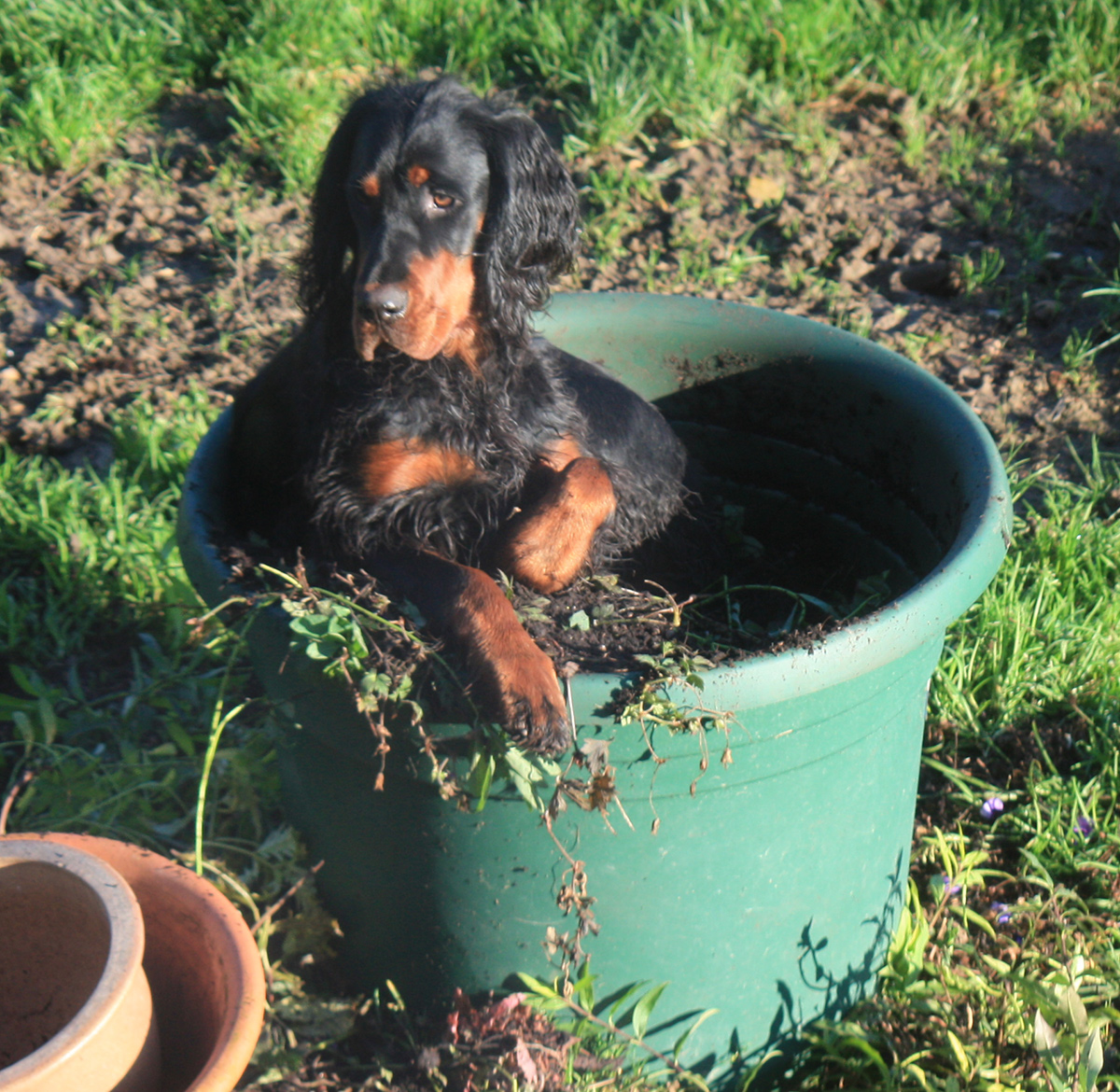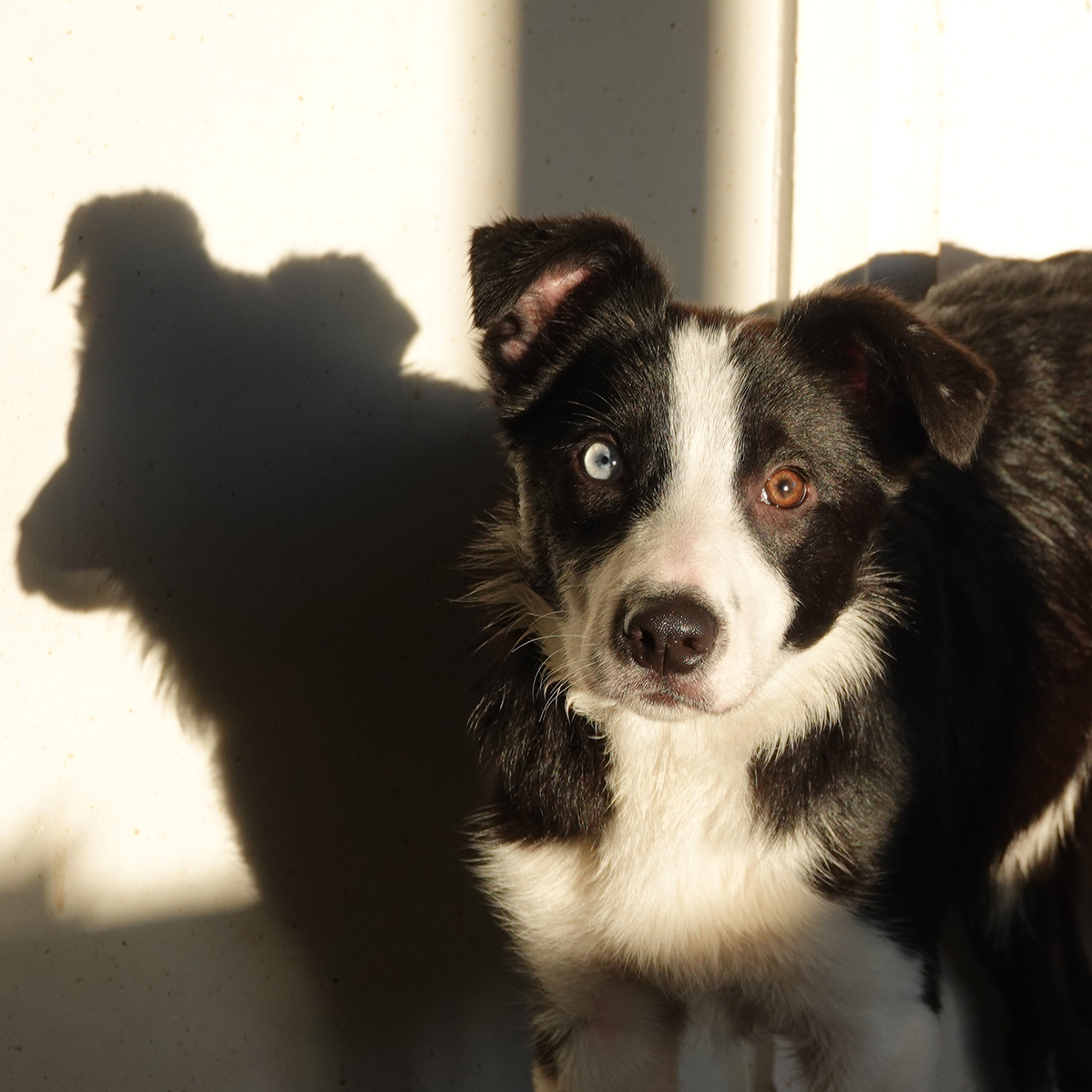One day you will love him again

Anyone who has survived canine puberty can empathise with the confusion that accompanies this period. The puppy that you adored, could do no wrong, is now a living horror story.

Everything they do is heading towards wrong. Their innocence has faded, they view you as the enemy blocking access to all they enjoy.
If you compound this developmental period with a life event that has you temporarily distracted, it can feel like you have lost direction and have no way out of the black box. Looking for help is not a weakness, this is the period you are most likely to need support from an experienced, and creative, trainer. This is why you invested in puppy class so that you could build up your support credit for the dark days ahead.
Two key points to remember:
The darker this period the more likely you will be living a future with an exceptional personality as it navigates developmental currents.
This period will pass, and one day you will love them again.
But during this period our mind is turned to all the things we need to stop. Now.
Pulling on the lead
– because now they really, really want to hunt, bonk and sniff every single thing with urgency and strength. There can be no free-running or it will morph into feral child.
Eat everything
– because they are super hungry all the time, and nothing is off the menu if it can be stuffed in the mouth.
Do it now, fast
– through the door without waiting for it to open, the bottom of the garden with vocal accompaniment, on the sofa, the kitchen counter, in the dishwasher, empty the laundry basket, take washing off the line, dig holes
Jumping up
– legs with bionic springs, stealing food from your hand, even your mouth, greeting that seems to be more of a punishment-of-absence rather than a welcoming of company.
… and as for seeking sex …… well, put it to the top of the list.
We begin to look at using those diminishing reinforcement opportunities for the moments they are not doing any of the above. Simply “behaving nicely”.
I’m sorry, but this is a path to nowhere. We cannot reinforce an absence of an undesired behaviour … because we are reinforcing something, or nothing.
Not “going off on one”
That dog that walks nicely around the neighbourhood, doffing a virtual hat at passing people and dogs. This is what we desire. But when they have an opinion that can make you blush, we want to stop that, so we click, or mark an absence of their loudness. But what are we reinforcing?
If this is a herding breed, we can be reinforcing a stalking process, the hard stare that makes grown sheep run up the mountain or any dog feel out of place.
If this is a guarding breed, a piercing look and super-stance that frightens refuse collectors and burglars alike.
If this is a dog that is leaning to the anxious population, we can reinforce environmental hyper-scanning. The dog that is looking for any perceived threats, potential threats, unintended threats, innocent trees hiding threats, clouds moving too fast and the rest.
When we activate that reward system, we need to be really clear that we are pinpointing what we want to get stronger or happen again. If we are not super careful this can get the “walk nicely” into deeper, darker water.
Not pulling my arm off
A total absence of canine patience. If patience is demanded by us, then we develop a graduate in frustration leading to a PhD in rage. So, we fold, gallop along behind, invest in miracle “no pull” cures that work for every dog except ours. But we don’t get “walk nicely”.
If we mark for a loose lead which is lot more comfortable for both ends, what are we actually marking? What is getting reinforced, strengthened and more likely to happen?
Choose from this list:
- Watching that sexy bitch walk past.
- Sniffing someone else’s urine
- Licking up rabbit poo
- Pulling chewing gum off the pavement
- Scratching an ear
- A WTF moment at an inverted skateboarder
- Leaves falling off a tree
- Low flying birds
- Sniffing a ghost of a bacon butty
What is going to happen if we reinforce ALL of these reasons for the slack lead?
The dog will stop taking notice.
There will be a point, around 5 or 6 different actions, that our brains cannot process any consistent action or pattern of behaviour to pin the likelihood that repetition will be successful. It is too random and unspecific.
You may be lucky and pin point a change in stride, dropping from the trot to a walking gait, but if you are not clear what to reinforce, then you can end up reinforcing random behaviours. When it becomes too much hard work to sift through the information, we stop trying. Apart from the fact that the sexy bitch is coming back this way again.
This is the road to temptation.
We know we want to employ all the benefits of positive reinforcement, training with rewards and not resort to punishment.
But. We cannot reward an absence, we cannot say “good job because you did not ……..”. Reinforcement attaches itself to what IS happening, not what is not happening.
Truly moving into using positive responses is about completely clarity about the desired, “nice” behaviours:
Choose from this list – but ONLY one at a time, no pick’n’mix of “nice”:
- Moving at a speed compatible to my walk
- Seeking a treat from me when faced with obscene language from another dog
- Standing still at my side when unsure
- Ending a WTF with connection to me.
These are skills we identify and build a long, strong history before the dark period arrives. Although there may be temporary memory defects caused by developmental adjustment, what we have already established will begin to return as the brain begins to adjust to the new normal.
Try not to make long lasting errors during this period. Puberty is not enjoyed by the recipient or the parents, but we can make sure that support, tea and sympathy are available.
Explore
COURSES

Build the Learning
Lifelong skills built in activities and play. A dog that is curious, confident, resilient with a natural enthusiasm for learning.
rewards skills
Learn about the fascinating landscape of rewards and how to make them the centre of your training and relationship.
Management or Training
Find a pathway to suit your lifestyle of living with dogs. When management temporarilly supports the learning, or choose training.
learn well
learn it once
Setter Members
Access to The Sett community and groups
Discount for all courses and videos 50%
Archives of previous courses and books
Share your learning, upgrade your thinking



An excellent article that makes a lot sense. I feel motivated to up my game with my border collie puppy. Thank you !
Just so obvious when it’s pointed out. Thanks for sharing.
Thank you for this article. It gives me feedback on how to stay focused on training needs and management.
Thank you! I am writing an article about operant conditioning on dogs using positive reinforcement. I have cited the YouTube video below, which is older than 10 years old. So, I came to your site to find something more current. I appreciate your insight and look forward to adding your knowledge to mine. ?
I forgot to add the video citation. LOL
Laurence, K. (2010). Teaching a visual match to sample. YouTube. https://youtu.be/yG12rqPaIdc.
I appreciate you taking the effort – good luck with your article.